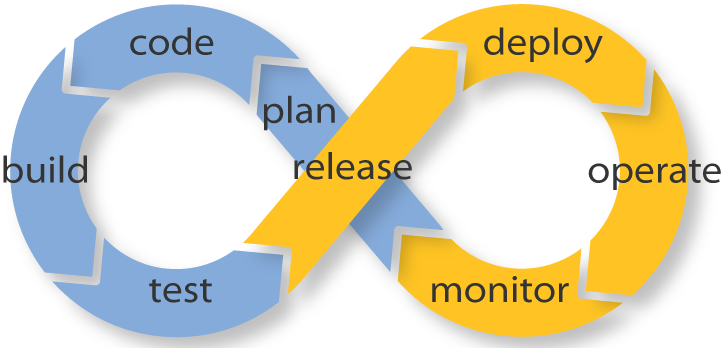A software product needs to be tested for a number of reasons. In fact, the requirements of testing do not cease even after the product has been launched. Consider an instance where a particular software product needs some additional features to be incorporated in it without affecting the existing features. While these can be tested manually during each release, there are a few demerits associated with manual testing that make automation testing, the most preferred method for developers across the world.
Software Test Automation delivers a stable product faster by reducing the time that goes into manual testing. Automation testing is much less monotonous and it leads to consistency in test quality as there is no human intervention whatsoever. The whole process gets speedy as immediate feedback is facilitated, based on which the developers can fix the changes. The test cycle duration is also reduced to a significant extent.
When to Go For Test Automation
Does everything need automation or is it feasible to automate all the cases? Well, there are products that have more test codes than product codes but when seen from a practical point of view, automating tests for each case leads to unmanageable test data and certainly, a lot of time. So, the following are some of the situations and cases that demand test automation.
Test cases, which are difficult to be tested by humans due to restricted speed and the difficulty in generating huge volumes of test data, need automation.
When certain features of a particular software product are supposed to function consistently with the same tests being performed repeatedly for a long period of time, automation testing is the only way forward.
Automation is required when a majority of the feature implementation is complete and the requirements are frozen and stolen.
As opposed to the above- mentioned instances, there are a few test cases that involve high costs of automation but add very little extra value. Unless there is enough predefined data and some expected result to compare against, such test cases cannot be automated for any test data, which is dynamically generated.
Strategies for Building a Reliable Automation Framework
Building a test framework is challenging and a good framework ensures the success of test automation to a great extent. Here is a list of some essential tips and strategies:
- It is necessary to separate the automation scripts from the test data. For this, there is the need to write generic code, which allows testing for a wide range of test data and test cases without the need to add or change the code.
- Always identify the test cases with the automation as the end goal to emphasize on the stability of the application under the test.
- Choosing automation software and the programming language that has considerable support for other plugins is a must. This works towards enhancing the potential of the automation framework.
- It is always advisable to apply and enforce coding guidelines, which makes it easier to understand and modify the scripts in the long run.
- Put the maximum focus on the readability and the maintainability aspects of the test cases. Make sure that the automation scripts reuse the code.
With these in mind, developers can engage in test automation and by using automation meticulously, bring about worthwhile results.


